
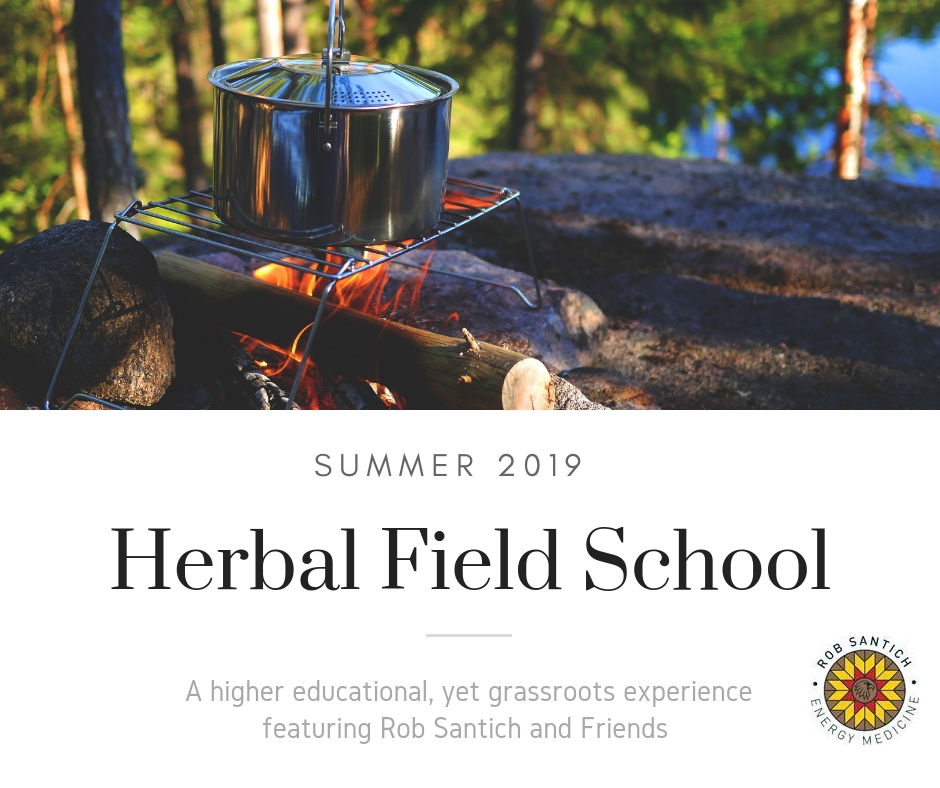
Held on January 29th, 30th & 31st check out 10am 1st Feb 2019
For full details click here:
Bushlands Herbal Field School summer 2019
Report, Tasmanian Field School
Held on 1st-2nd December 2018
NATIVE PLANT DISTILLATION WORKSHOP AND HERBAL FIELD SCHOOL
Pelverata Community Hall, in the picturesque Huon Valley
The first Tasmanian Field School was held in conjunction with Angie Alexander, previously Angie Rivers – herbalist from the Central Coast of NSW – now practising at Ametrine Holistic Medicine in Huonville.
Angie had just purchased a 30L copper alembic still, which despite some initial technical difficulties, was the centre of attention for most of the weekend activities. Angie’s handyman husband, Des, turned out to be the perfect backup man and trouble-shooter, helping to ensure the distillations ran smoothly when not in the field collecting leaves for the next session.
Twenty-three attendees from all around Tasmania was an ideal group that included naturopaths, aromatherapists, herbalists and those with a general interest in plant medicine. The design of the hall allowed for a combination of indoor classes and activities (welcome as we experienced some rather cold weather) along with ample undercover space outside for the distillations.
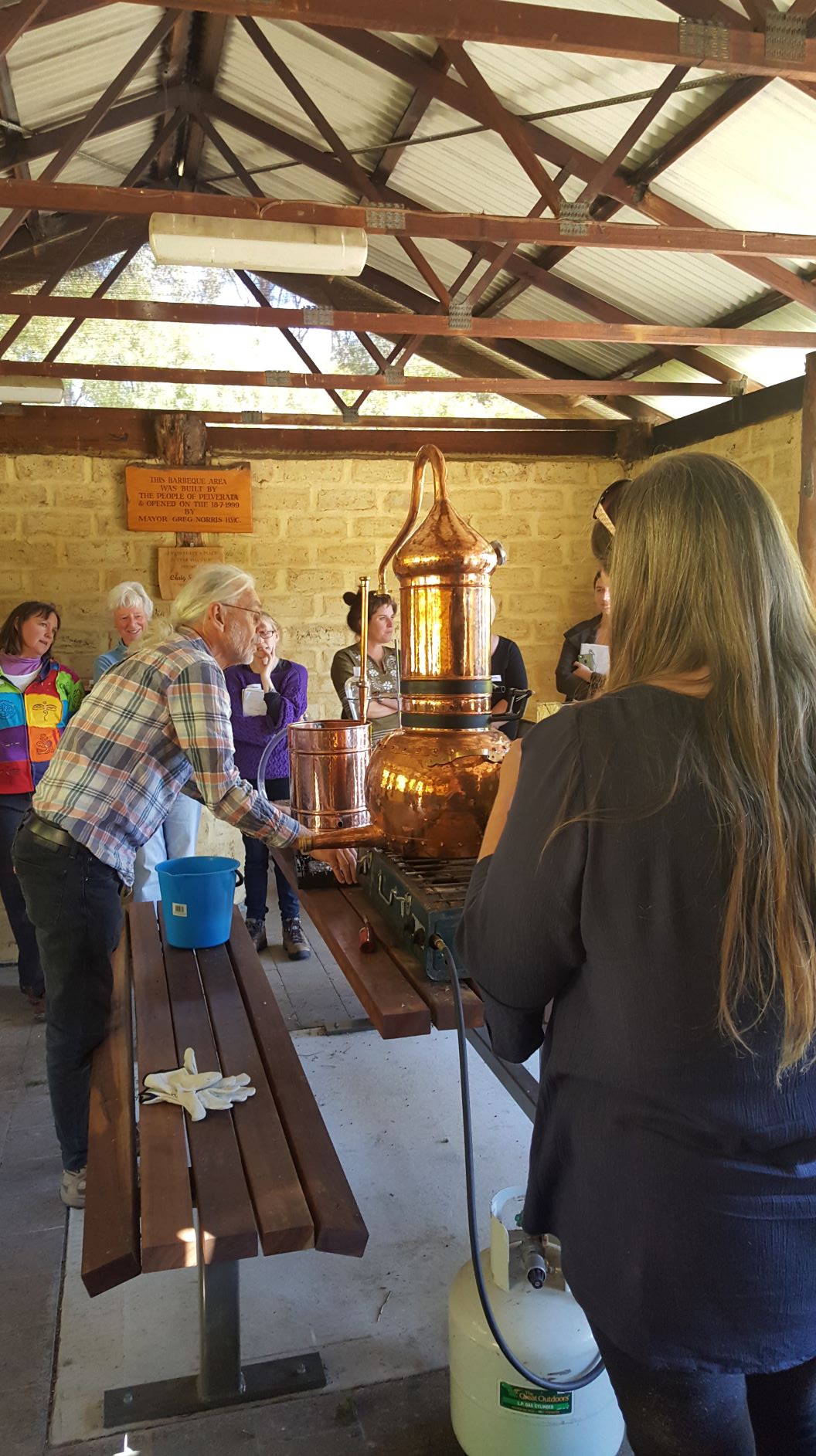
For the first distillation we used leaves from the Tasmanian blue gum (Eucalyptus globulus), several tall specimens of which grow along the boundary of Angie and Des’s property. This species is one of the dominant trees in this part of Tasmania, and it can be readily recognized by the distinctive oversize capsules and extra long leaves. For details on this and other Tasmania Eucalypt species, I highly recommend EucaFlip, a glossy foldup chart by Wiltshire and Potts (2007) – see example below.
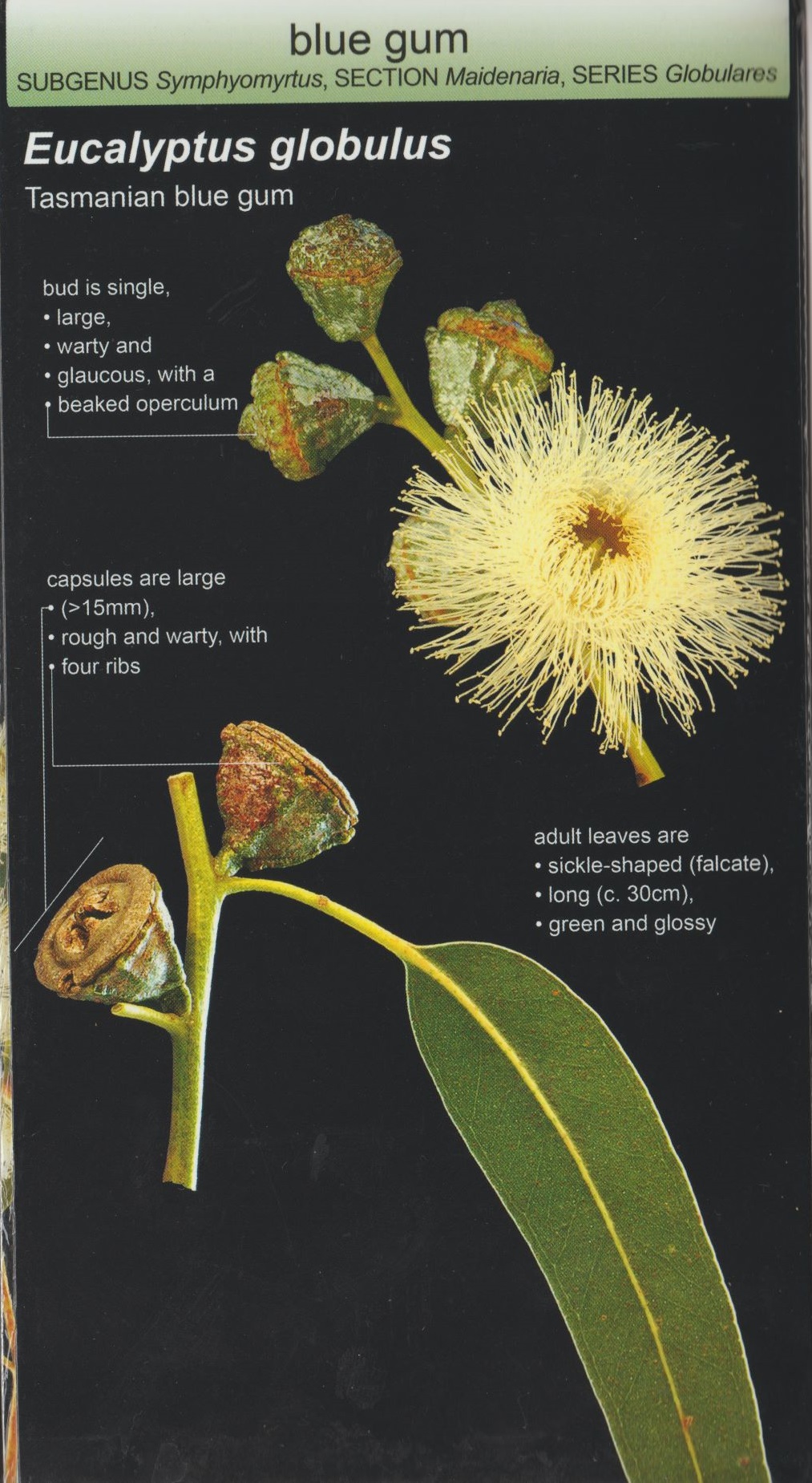
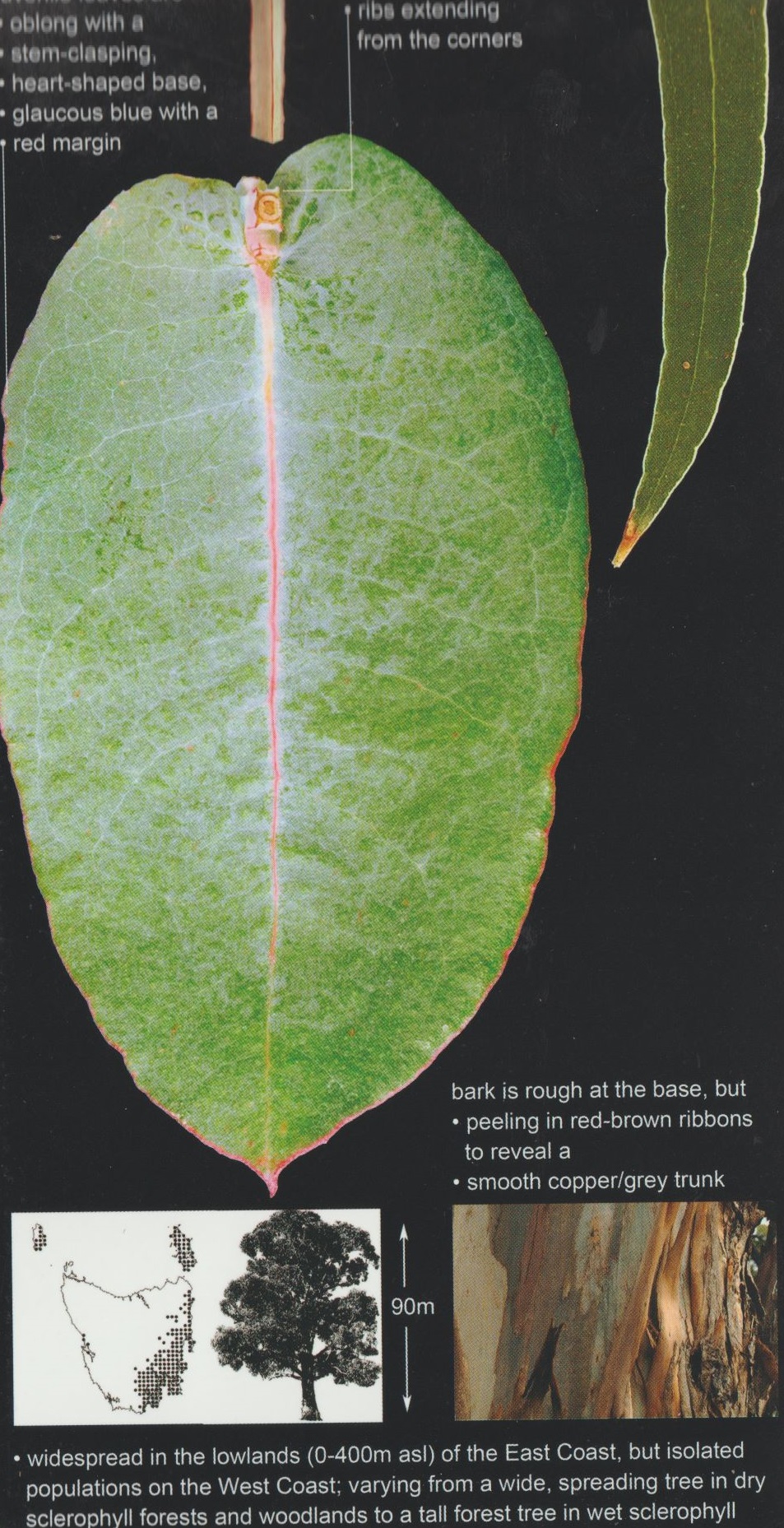
Given that this species is responsible for most of the world’s production of Eucalyptus oil, it is familiar to most Tasmanians, however, attendees were impressed with yield, aroma and colour of the oil we produced, and were delighted to accept a share of the hydrosol.
In the afternoon we set up a second distillation, this time of Kunzea ambigua. The leaves were harvested from specimens cultivated at an obliging native plant nursery near Mt. Wellington. Although Kunzea oil is produced almost entirely in Tasmania, the natural distribution is mainly localised in the north of the island, as well as in coastal Victoria and NSW.
Between distillations we held an indoor class and an outdoor plant walk. We were all impressed by two highly perfumed shrubs in cultivation at the front of the hall, Diosma (a South African species of the Rutaceae family) and the more local Melaleuca hypericifolia or bracelet honey myrtle, with broad red-coloured bottlebrushes appearing low down on the branches. Later in the day we held a hands-on workshop – students divided into groups and preparing a selection of oil blends, salves, and other products from ingredients and equipment provided.
With rain and colder weather predicted for Sunday, we decided on holding another distillation session along with a shortened field trip. One of the most prolific flowering trees in the area at the time was Leptospermum lanigerum or woolly tea tree, and given the sweet aroma we chose it for the final distillation. While the amount of oil retrieved was quite small, it did produce some pleasant hydrosol. At the time of writing this, I am awaiting results of the chemical analysis with great interest.
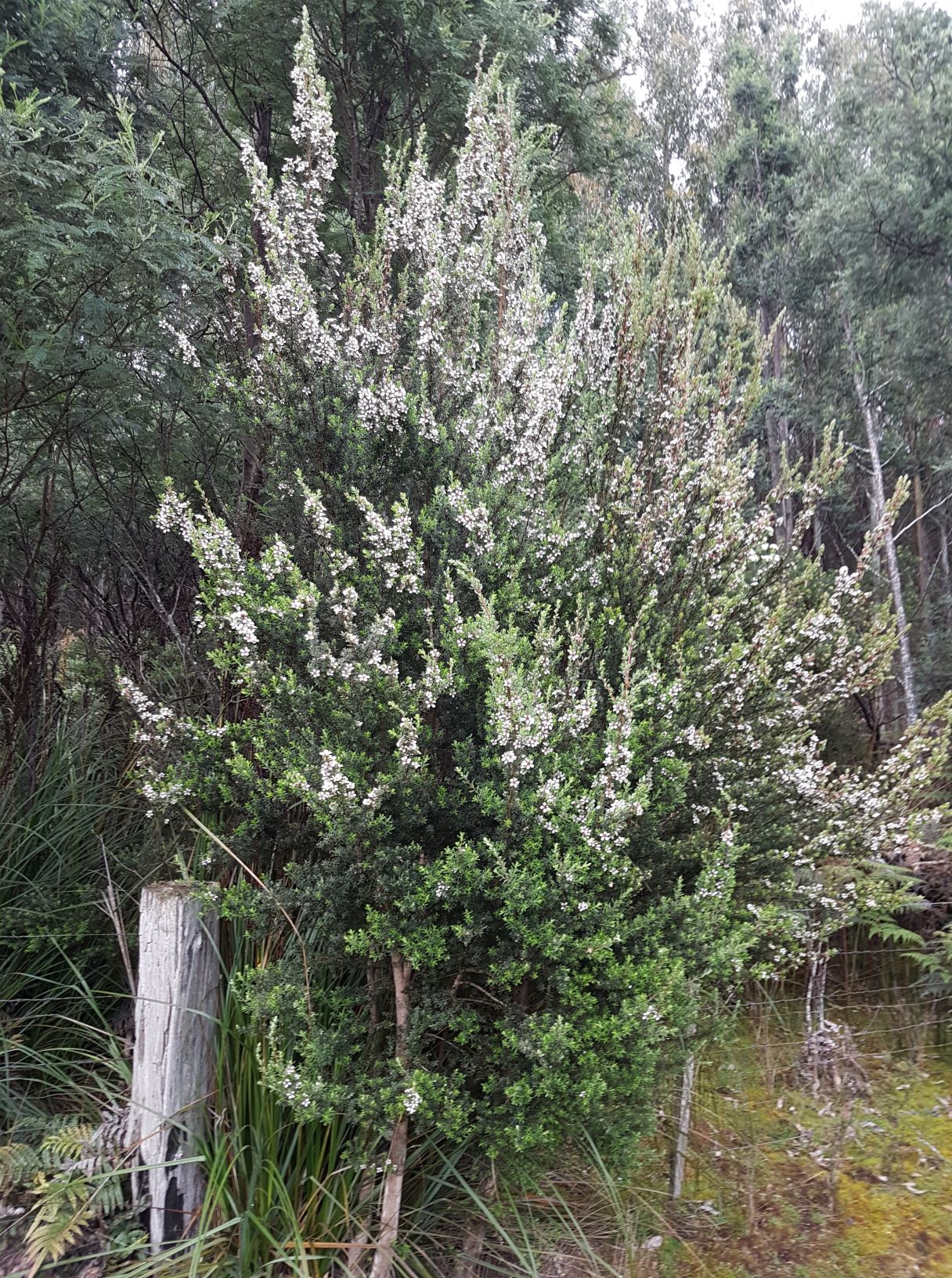
The other feature of the day was Kathleen Bennett’s lichen presentation, this really captured the attention of the audience – most of whom had little knowledge of lichen identification or lichen dyes. One of the eye-catching images presented was of Cladonia, a common terrestrial lichen known as the devil’s matchsticks in Australia, and British soldiers in North America and Great Britain.

The weather did remain clear enough for a plant medicine walk at Angie and Des’s property nearby. An interesting mixture of native and exotic medicinal plants were sighted, including three species of Salix (willow bark). Another spectacular flowering species seen on the walk and throughout the valley was the musk daisy bush, Olearia argophylla . I’m afraid I know of no medicinal uses for this one, some plants are simply there for our appreciation.
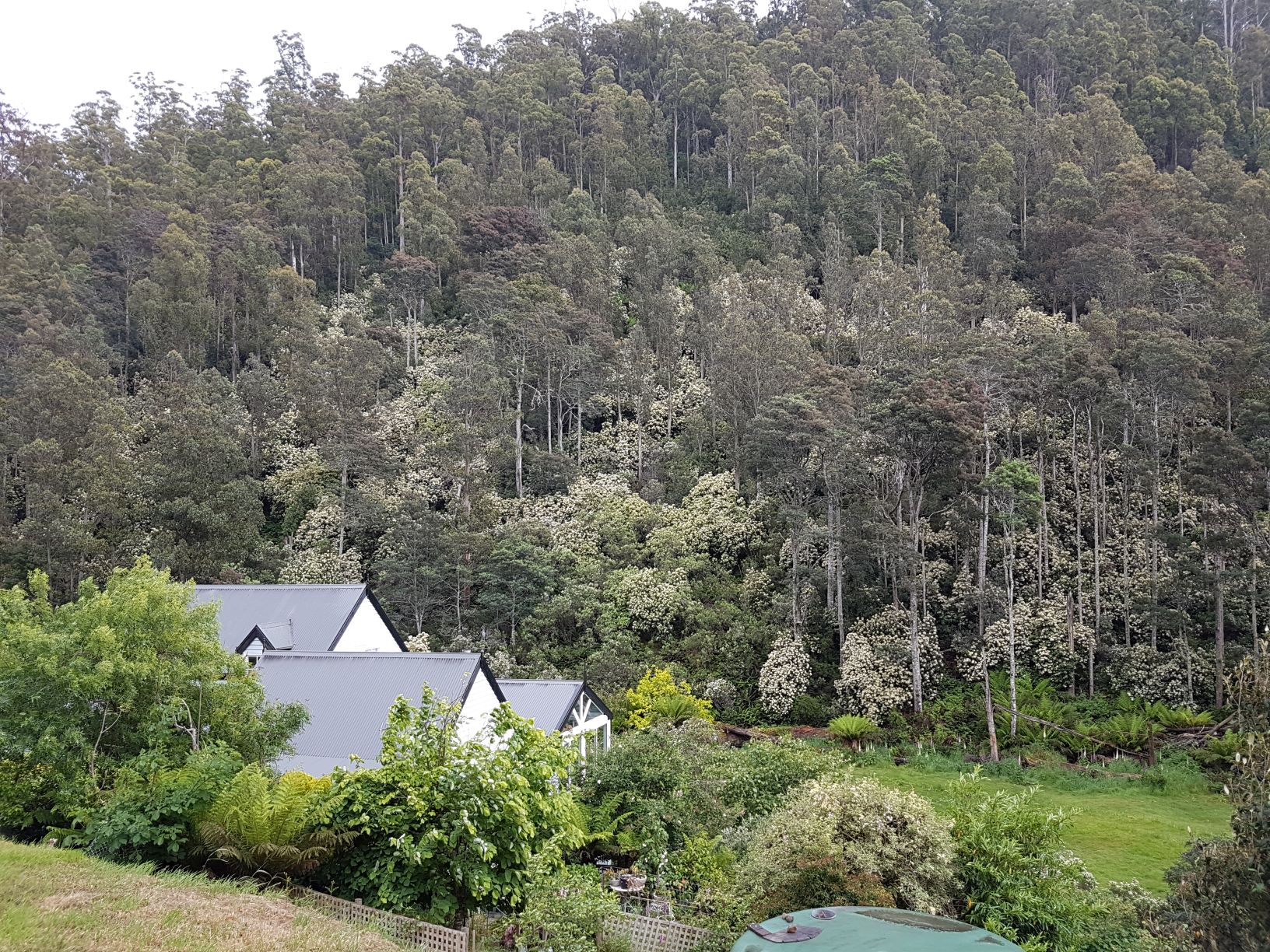
Finally, many thanks to Angie for organizing the event, Angie and Des for sharing their home with Kat and me for five days, and to all of the attendees. We received so much good feedback and offers for visits, it does look like becoming an annual event. We now know the meaning of “southern hospitality”.
We did manage to fit in a couple of extra days at the Lake Pedder Lodge before heading back to the mainland, apart from it being cold and wet it was a most enjoyable retreat.
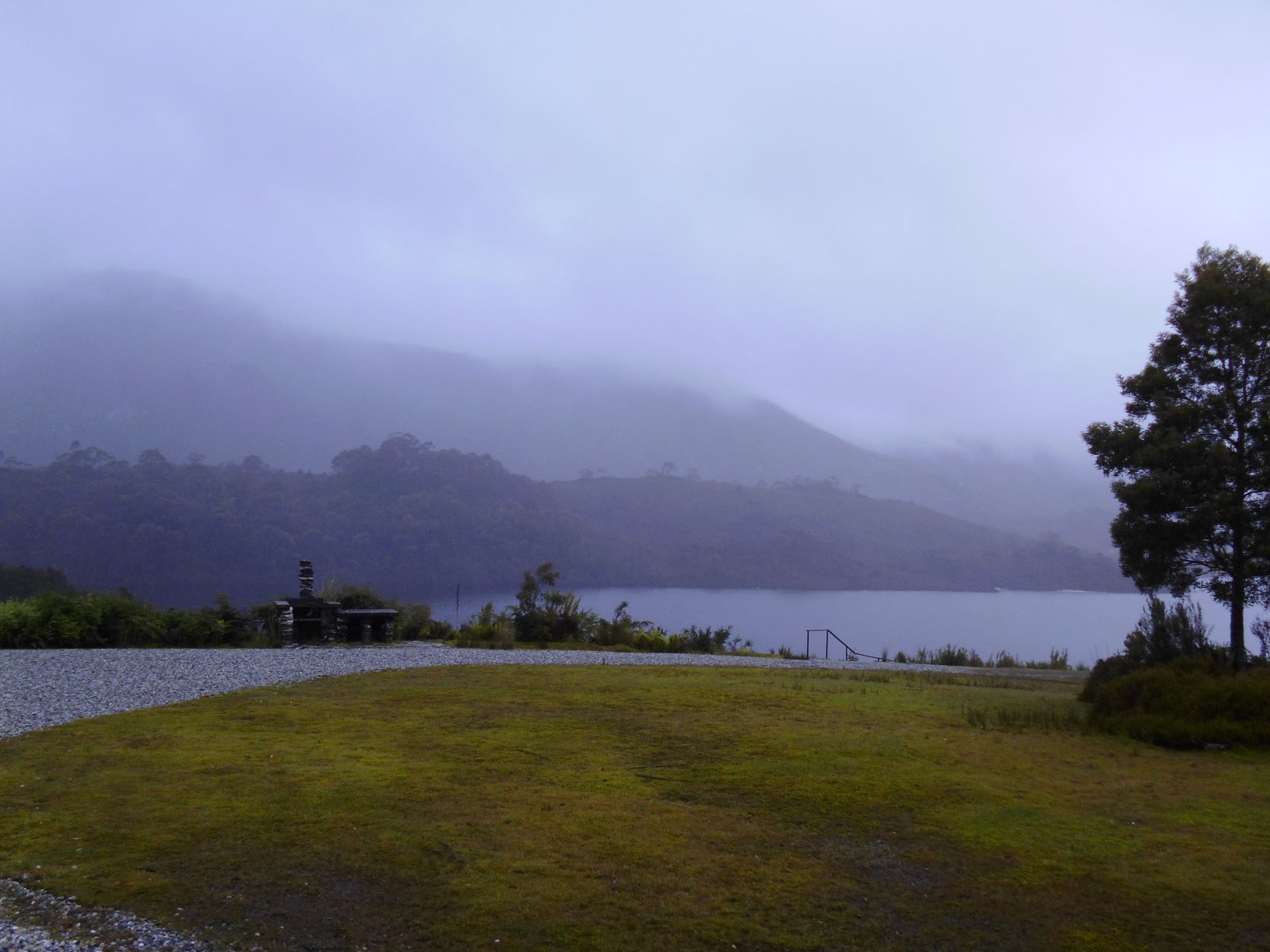

Hello Andrew. Its Dominique here i would love to alltend the two days training with you and Rob.
LikeLike
Hi Dominique. You would be very welcome – did you find the application form?
regards Andrew
LikeLike
Thank you Andrew for an informative, packed workshop today. Kathleen thankyou for your delicious morning tea with so many interesting, specially made delights.
Kathy Stewart
LikeLike
Thanks Kathy, Kat also appreciated the comments. I hope to see you at some future event
regards Andrew
LikeLike